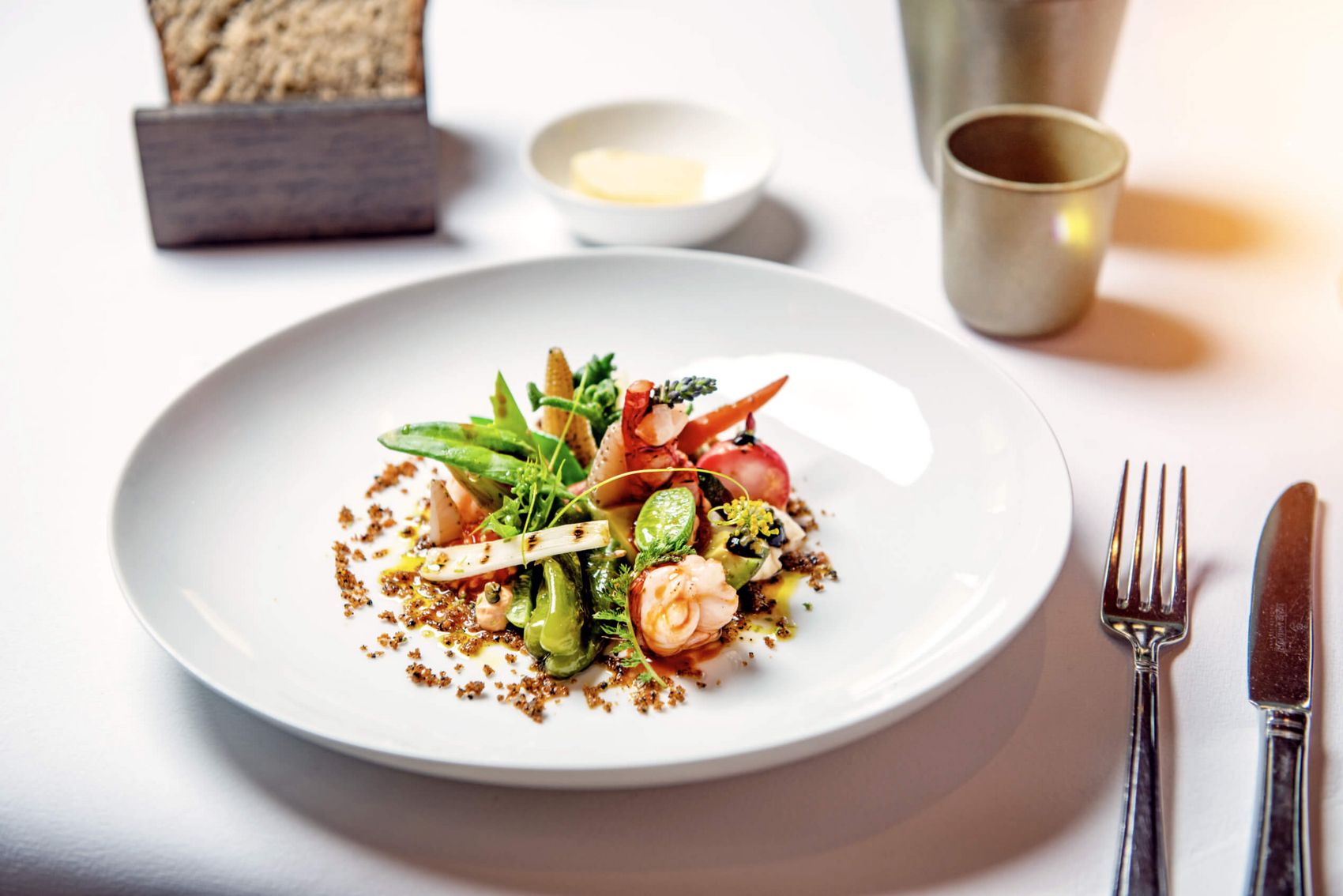The former Electoral Palace (Kurfürstliche Burg) directly on the banks of the Mosel, which was originally a moated castle surrounded by a wide ditch and circular wall. The base of the east tower most likely dates back to Roman times.
The Protestant Florinschurch, the old shopping and dance place, the Schöffenhaus and the Bürresheimer Hof, together form one of the most beautiful building ensembles in the city. Dating back to around 1100, the church originally belonged to a monastery chapter. Today, St. Florin is both an accessible church and a cultural centre: alongside church services, it hosts exhibitions, concerts, organ recitals and the like from mid-May to early October. So, just drop in!
The Münzplatz got its name from the former mint buildings located there (Münze literally meaning coin). Exhibitions by regional artists are regularly held at the historic Haus Metternich.
Where would the "Am Plan” square be without buildings such as the old town commandant headquarters and historic municipal school? The spacious area with outdoor dining would definitely be only half as lovely. While you’re there, take a look at the Liebfrauenkirche (Church of Our Lady), which was the main parish church of Koblenz from the late Middle Ages until the French Revolution. Its beginnings date back to the 5th century. The two onion-shaped domes are visible from quite some distance.
The Basilika St. Kastor is interesting from both an architectural and historical perspective. Consecrated in 836, the collegiate church was a meeting and mediation place for emperors and kings! It is where, for example, the negotiations between the sons of Emperor Louis the Pious took place in 842, which led to the division of the Frankish Empire in the Treaty of Verdun. The building in its present form dates predominantly from the middle of the 12th century. Be sure to stop by the interesting tombs too! In 1991, Pope John Paul II elevated St. Kastor to minor basilica status. This is an honorary title that marks it out as a church of special significance.
In the Blumenhof just behind it, you’ll find a tranquil place with a paradise garden, a flower garden and a sculpture courtyard.
The Ludwig-Museum, which specialises in contemporary art, is housed in the former Teutonic Order commandery near the Deutsches Eck. Read more below. Built in the 13th century, it was the first settlement of the Teutonic Order (Deutscher Orden) in the Rhineland. The Deutsches Eck was actually named after it. Our restaurant tip: Gerhards Genussgesellschaft in the Blumenhof.
















